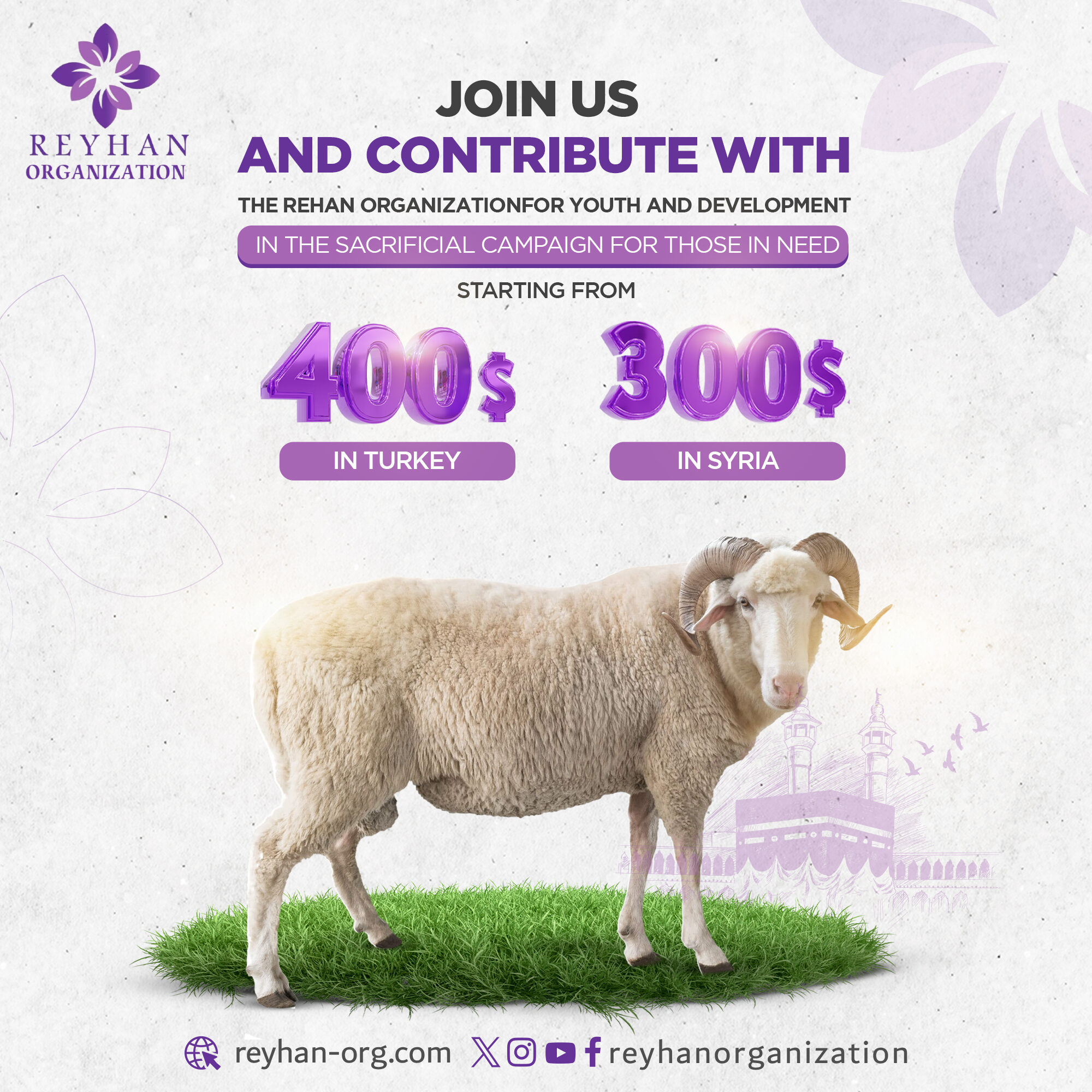Excel enables easy sensitivity analysis by changing unit assumptions. Let’s look at a variable cost example to understand the calculation.Let us assume that a company that manufactures 900 linen shirts daily. To achieve this, the company appoints 45 laborers and pays each laborer $18 for a day’s work. Let us understand the different types that are applied through variable costs calculators from the discussion below. One of the most common uses for variable expense info is to set prices for your products or services.
Examples
- For instance, a company producing handmade leather bags will incur higher leather costs when making 500 bags versus 50.
- This formula demonstrates that total variable cost fluctuates based on the number of units produced, while variable cost per unit remains constant.
- If the business makes ten chairs, the cost of materials will be lower than if they produce fifty chairs.
- Grasping this distinction is essential, as it helps businesses scale effectively and maintain financial control.
- Variable costs play a key role in this calculation, as they influence how much a company needs to sell to cover all its expenses.
Direct labor costs, sales commissions, and shipping fees are other instances of variable costs. On the other hand, fixed costs are constant independent of the volume of sales or the rate of production. Insurance costs can be classified as either fixed or variable costs, thus it’s critical to consider the type of insurance and how it relates to output or sales volume. On the other hand, variable costs fluctuate directly with production. These include raw materials, direct labor, and utilities, which increase or decrease as production levels change. A company that manufactures goods will experience higher variable costs when producing more units and lower costs when demand drops.
Interpreting Variable Costs in Corporate Finance
In contrast, variable expenses are not fixed (they vary over time). Variable expenses are directly proportional to production quantity. It is the opposite of fixed costs, which remain constant irrespective of production levels.
Direct Materials
- These examples illustrate how variable costs can take different forms across industries but always tie back to production levels.
- The key difference between variable and fixed costs is flexibility (or variability).
- Sometimes, there is a sudden fall in the availability of labor—production cannot be stopped—wages hike overnight.
- Thus, businesses have to order, purchase, and maintain a stock of raw materials.
For instance, a company might negotiate bulk discounts on raw materials or streamline labor costs through automation. By reducing variable costs, they can widen their profit margins even if their selling prices remain the same. When pricing products or services, businesses must consider both variable and fixed costs. Variable costs are often Accounting For Architects factored into the cost of goods sold (COGS), which directly affects the final price that customers pay. If a business doesn’t account for its variable costs in pricing, it risks selling products at a loss.
Packaging and Shipping Costs
Further, this Inventory is stored in warehouses and factories. Finally, raw materials are used to make finished goods.However, the actual quantity of required raw material varies. If firms lack operating capital, they can survive with less inventory. Direct materials refer to any materials that are used in the production of a unit that makes it into the product itself. For example, wood is a direct material for the chair company, since the final chair is made of it.
An ideal variable costs equation should neither be too high nor too low to ensure a smooth flow of operations. Variable costs are not inherently good or bad—they are a reality of providing any kind of product or service to your customers. You should strive to keep variable What is partnership accounting cost per unit as low as possible since this will result in more profit per unit. But if your total variable costs are rising, you are producing more units—hopefully at a net profit.
Variable costs have a direct impact on a company’s profit margins. Since these costs fluctuate with production, they can either increase or decrease the company’s profitability depending on how well they’re managed. For example, if a company can keep its variable costs low while maintaining high production levels, its profit margins will grow. Its fixed costs might include rent for the storefront and salaries for permanent staff. Meanwhile, its variable costs—such as inventory purchases—depend on how much the store expects to sell.
Exercises and Examples for Variable Costs
The finance manager needs to flag up which costs will rise as sales activity increases. Reducing variable costs involves a combination of strategic sourcing, process optimization, and other such strategies. Let us understand how to reduce the value on a variable costs calculator through the discussion below. In the variable expense equation, the variable expense is a dependent variable—internal and external factors are independent variables. Here, internal and external factors refer to components like production scale, workforce, socio-political environment, etc.
Fixed costs are stable expenses that remain unchanged regardless of production levels. Whether you produce one product or one thousand, fixed costs like rent, insurance, and salaries stay the same. These costs provide a sense of stability but can become burdensome during periods of lower production. Fixed costs include employee salaries, office rent, electricity bills, etc. These expenses are indispensable (irrespective of production levels). Variable expense, on the other hand, depends on production levels.






